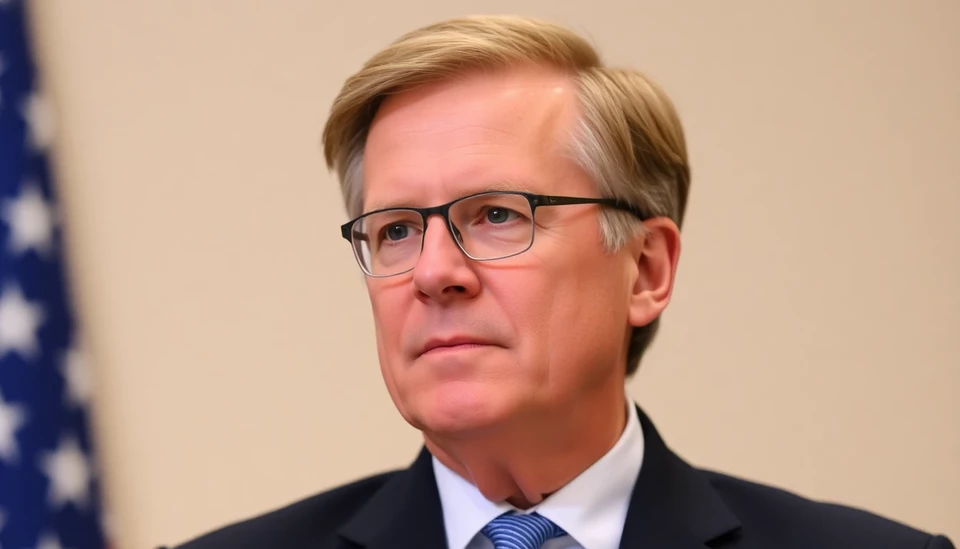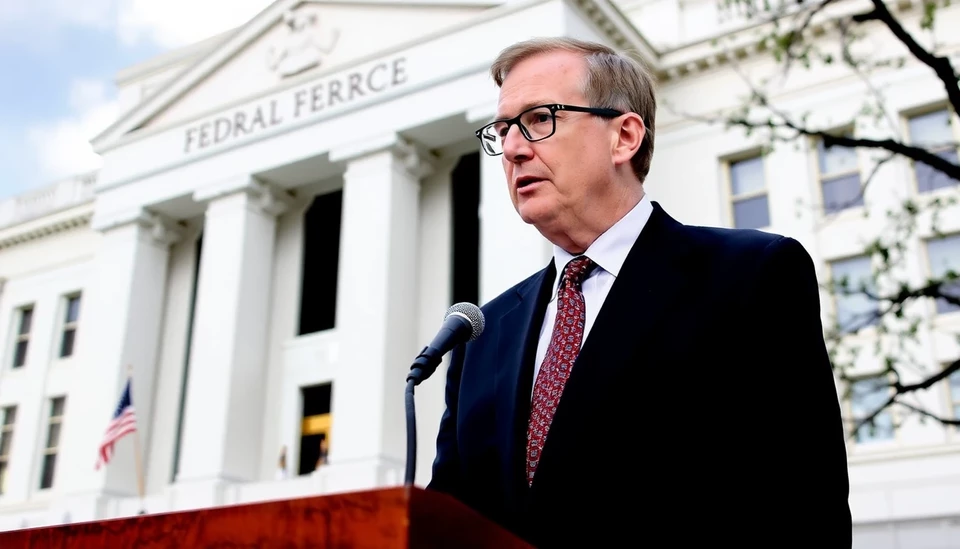
Sri Lanka's central bank has decided to keep its key policy interest rate unchanged during its inaugural monetary policy meeting of 2025. This decision was made amid ongoing efforts to stabilize the economy, as the country grapples with the effects of inflation and currency challenges. The move reflects a cautious approach to navigating a challenging economic landscape.
The Central Bank of Sri Lanka (CBSL) opted not to change the policy rate, which currently stands at 13.00%. Hayley Van Zyl, the CBSL Governor, emphasized the need for stability while acknowledging the global economic conditions that could impact Sri Lanka. The decision is part of a broader strategy designed to ensure the nation's journey towards economic recovery continues without sudden shocks to the financial system.
In recent years, Sri Lanka has faced significant economic difficulties, including a severe balance of payments crisis that saw the nation default on its debt in 2022. The ongoing recovery plan involves careful monitoring of inflation rates and foreign exchange availability, leading to this steady interest rate decision. Officials believe that maintaining the current policy rate will provide the necessary support for the economy without exacerbating any existing challenges.
The CBSL’s assessment highlighted that while inflationary pressures remain, they are beginning to moderate. The recent easing of global oil prices and supply chain disruptions is seen as a positive contributor to stabilizing costs. Nonetheless, concerns linger regarding food prices and domestic production levels, which could still pose risks to future inflation targets.
Furthermore, CBSL's analysis indicated a slight uptick in economic growth indicators, although levels remain below pre-crisis benchmarks. The central bank reassured stakeholders that it will continue to implement policies that align with the International Monetary Fund's (IMF) ongoing support program, designed to restore fiscal stability and growth.
The decision to keep the rates steady aims to bolster investor confidence and ensure that loan conditions remain conducive for businesses. The rationale behind this strategy considers both domestic economic factors and the geopolitical climate, which could influence market dynamics. Sri Lanka is focused on creating a more favorable investment environment while ensuring that monetary policies cater to the broader objectives of job creation and economic resilience.
As Sri Lanka cautiously navigates 2025, the central bank remains vigilant in its approach, prepared to adjust monetary policies in response to emerging economic conditions. The next steps will be crucial as all eyes are on how these policies will facilitate a sustainable recovery and the promotion of growth in the coming quarters.
In conclusion, the Sri Lankan central bank's decision reflects a commitment to stabilize the economy while carefully balancing the need for growth against potential inflationary pressures.
#SriLankaEconomy #CentralBank #InterestRates #EconomicStability #Inflation #IMF #MonetaryPolicy
Author: Daniel Foster




